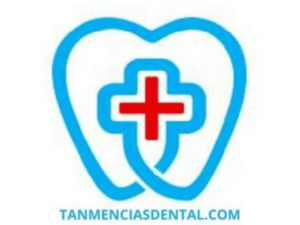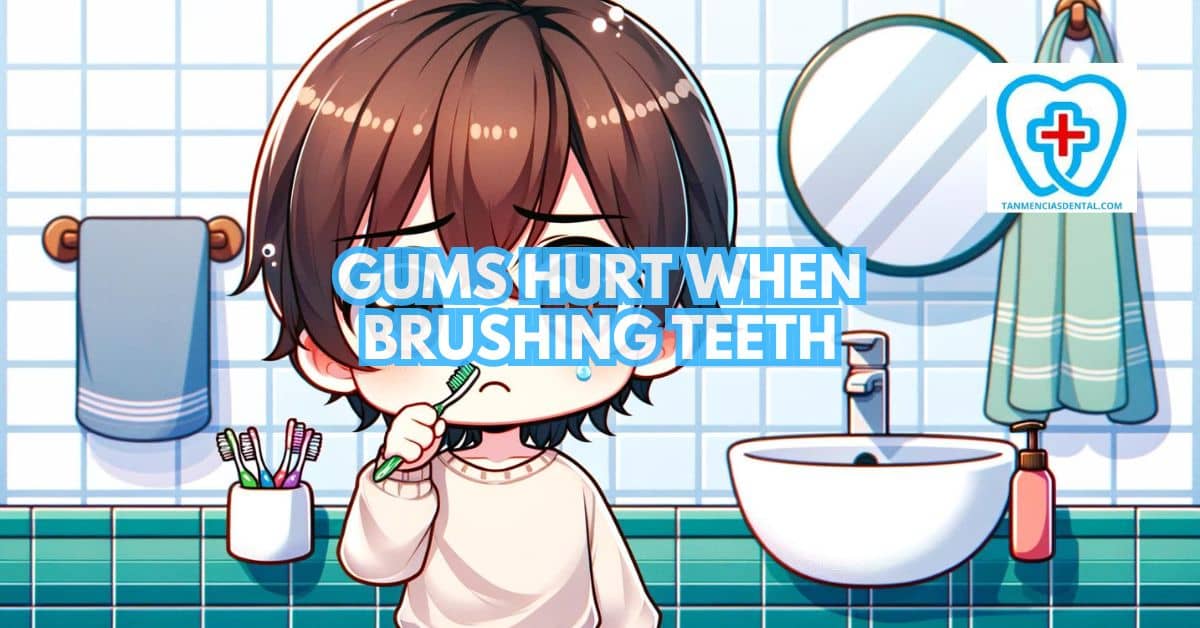Experiencing pain in your gums while brushing can be alarming and is not something to ignore.
This discomfort may be a warning sign of underlying oral health issues that require attention.
Healthy gums are the foundation of good dental health and should not hurt during routine care.
Let’s look into the reasons why your gums might hurt when brushing and provide practical solutions to help alleviate this problem.
Understanding these factors is key to maintaining both your oral hygiene and overall well-being.
1. Gums 101: Why They Shouldn’t Hurt When You Brush
Healthy gums are pink, firm, and do not bleed or hurt during brushing or flossing.
If you experience discomfort or pain, this is often a signal of improper oral hygiene practices or the presence of gum disease.
Gums should be treated with care, and any pain experienced during brushing should be addressed promptly to avoid further complications.
Maintaining proper oral hygiene and visiting your dentist regularly can help prevent the conditions that lead to painful gums.
Remember, pain-free gums are a major indicator of good oral health.
🦷 Foods That Are Good for Your Teeth
2. Ouch! Common Culprits Behind Brushing Pain
The pain you feel when brushing can be caused by several factors, including using a toothbrush that is too hard or applying too much force.
Gum disease, such as gingivitis or periodontitis, is a common cause of sensitive and painful gums.
Other factors include dental abscesses, improper flossing techniques, and reactions to certain types of toothpaste or oral health products.
It’s important to identify the specific cause to address it correctly.
Switching to a softer toothbrush and gentler brushing techniques can often alleviate this pain.
🦷 How to Make Brushing Teeth Fun for Adults
3. Not Just Brushing You Off: Recognizing the Signs of Sore Gums
Recognizing the early signs of sore gums can prevent more serious dental issues.
Symptoms such as persistent redness, swelling, and bleeding during brushing are clear indicators of potential gum problems.
Other signs include gum sensitivity to hot or cold foods and bad breath.
If these symptoms are ignored, they can lead to the deterioration of gum tissue and even tooth loss.
Early detection and treatment can save not only your gums but also your teeth.
🦷 Effective Natural Remedies for Toothache Relief
4. Brushing Through the Pain? Don’t! Here’s Why
Brushing through the pain can cause further irritation and damage to your gums, exacerbating any existing conditions.
When gums hurt during brushing, it often indicates inflammation or an infection that requires gentler care or medical attention.
Continuing to brush aggressively can lead to recession of the gums, increased sensitivity, and potentially more severe dental issues.
It’s important to listen to your body’s signals and adjust your habits accordingly.
If the pain persists, consult a dentist to explore the underlying causes and receive appropriate treatment.
🦷 Your Guide to Dental X-Rays in Marikina: Cracking the Smile Code
5. Brushing with TLC: Mastering the Gentle Technique
To protect your gums and teeth, adopt a brushing technique that involves gentle strokes using a soft-bristled toothbrush.
Angle the bristles towards the gumline at a 45-degree angle and use small circular motions without applying excessive pressure.
This method helps effectively remove plaque without causing irritation.
Ensuring that you brush for two minutes twice a day can help maintain oral health without damaging sensitive gum tissue.
A gentle approach is not only easier on your gums but also more effective in the long run.
6. Don’t Forget Flossing! Your Partner in Gum Health
Flossing daily is essential for maintaining healthy gums and should complement your brushing routine.
It removes food particles and plaque from between the teeth and gum line, areas your toothbrush can’t reach.
Use a gentle sawing motion to carefully bring the floss down to the gum line before curving it against one tooth.
This technique helps avoid snapping the floss into the gums, which can cause pain and damage.
Regular flossing can help prevent gum disease and reduce the risk of gum pain.
🦷 What Do Dreams About Brushing Teeth Mean?
7. Picking the Perfect Pair: Toothbrush and Toothpaste for Sensitive Gums
Choosing the right tools is crucial for maintaining gum health, especially if your gums are sensitive.
Look for toothbrushes labeled as soft or ultra-soft, as these are best for sensitive gums.
Similarly, toothpaste designed for sensitive teeth can help reduce pain and strengthen enamel without irritating gums.
Avoid toothpastes with abrasive ingredients like baking soda or certain whitening agents, as these can be too harsh for compromised gums.
Consulting with your dentist about the best products for your specific needs can also provide personalized recommendations.
🦷 How Long Does the Process of Getting Braces at the Dentist Take?
8. When Brushing Becomes a Battle: Signs You Need a Dentist
If brushing your teeth becomes consistently painful, it’s a strong indicator that you should visit a dentist.
Signs that warrant professional attention include severe gum pain, bleeding that doesn’t stop after a few minutes, and gums that pull away from the teeth.
Chronic bad breath and a change in the fit of your bite or dental appliances can also signal underlying issues.
A dentist can diagnose conditions like gum disease or cavities that may be causing your pain.
Early professional intervention can prevent these problems from worsening.
🦷 What Does Brushing Your Teeth With Salt Do?
9. Keeping Your Smile Healthy: Regular Checkups for Gums Too!
Regular dental checkups are crucial for maintaining both dental and gum health.
During these visits, your dentist can remove tartar and plaque buildup that can lead to gum disease.
They also assess the health of your gums, looking for any signs of infection or inflammation that might need treatment.
Regular cleanings, typically every six months, can help prevent the development of gum disease and ensure early treatment of any oral health issues.
Keeping up with these appointments is a proactive way to maintain your oral health.
🦷 Can I Choose the Type of Braces I Want at the Dentist?
10. Beyond Brushing: Diet and Habits for Healthy Gums
Your diet and lifestyle habits play a significant role in the health of your gums.
Consuming a diet rich in fruits, vegetables, and nutrients essential for gum health, such as vitamin C and calcium, can strengthen your gums and teeth.
Avoiding sugary snacks and acidic beverages can prevent the buildup of plaque that irritates the gums.
Smoking cessation is crucial, as smoking significantly increases the risk of gum disease.
Additionally, managing stress effectively can improve your overall immune response, including your ability to fight off oral infections.
🦷 How to Get Rid of Bad Breath Even After Brushing Teeth
👨⚕️ Conclusion
Maintaining healthy gums is essential to avoid pain while brushing and to ensure overall oral health.
Embrace a routine that includes gentle brushing, regular flossing, and using the right dental products.
Regular visits to your dentist for checkups and cleanings play a critical role in preventing gum disease and ensuring that minor issues are addressed before they become major.
If you experience persistent gum pain, seek dental advice promptly to avoid further complications.
By prioritizing your gum health, you can enjoy a healthy, pain-free smile for years to come.
😊 Self Promotion
Experience exceptional dental care at Tan-Mencias Dental Clinic, conveniently located in Parang, Marikina City.
Our friendly team is dedicated to ensuring your visit is comfortable and your dental health is in top form.
You can easily reach us for any questions, schedule appointments, or discuss your dental concerns by calling us at 9171451074, messaging us through our Facebook page, or using the contact form on our website.
We’re here to help you achieve a healthy, beautiful smile in a welcoming environment.
Don’t hesitate to get in touch with us today and take the first step towards a brighter, healthier smile!

